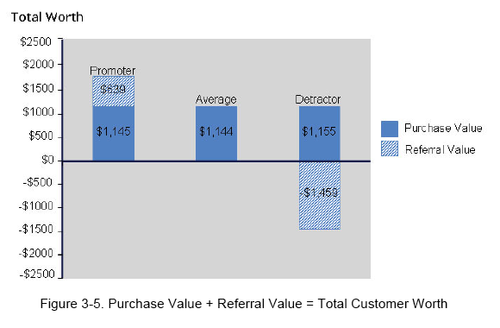Everyone wants referrals, but a lot of salespeople are reluctant to ask for them. It can be off-putting to some customers, and there seems to be a sense that if a referral comes without having to ask for it, it is more “deserved.” There is nothing wrong with asking for a referral from customers that are satisfied after doing business with your dealership. Here are some creative ways to make asking for the business of your customer’s friends, family, and colleagues:
Expectation: After the sale of a car, tell each customer that you expect they’ll be satisfied with the process, and will check back with them in 30, 60, or 90 days to ask them if they know of anyone else who needs a new vehicle with a hassle-free experience and superb follow-up. Of course, fit this to your dealership, and make sure that you actually do follow through with this promise.
Giveaway: A lot of dealerships already send coupons, promotions, or discounts to their existing customer base through email. Add some text instructing those customers to feel free to forward the email newsletter (including the discount) to anyone that might need it. Your customers will refer their loved ones to your dealership while looking like the good-guys by saving them money.
Refunds: Although this is essentially buying referrals, doing it in a round-about way makes it a little more interesting. Tell satisfied customers that you will offer a certain percentage off of their next bill (service, parts, purchase, etc) for each referral they send to the dealership. This allows you to track who is sending the most new customers to your dealership (they’ll have to tell you who sent them in order for the referrer to receive the discount), and they’ll be more likely to get their vehicle serviced with your dealership, bringing in additional money.
Asking for referrals from satisfied customers doesn’t have to be painful. Try asking in a different manner (link to older post), or put a creative spin on rewarding those who refer customers to your dealership.


